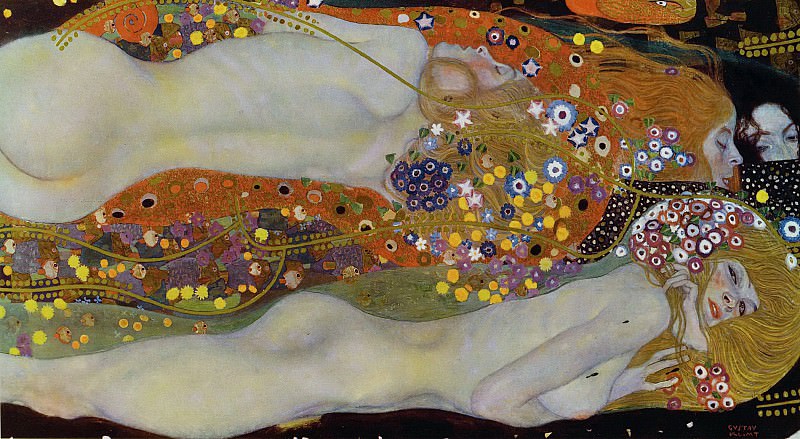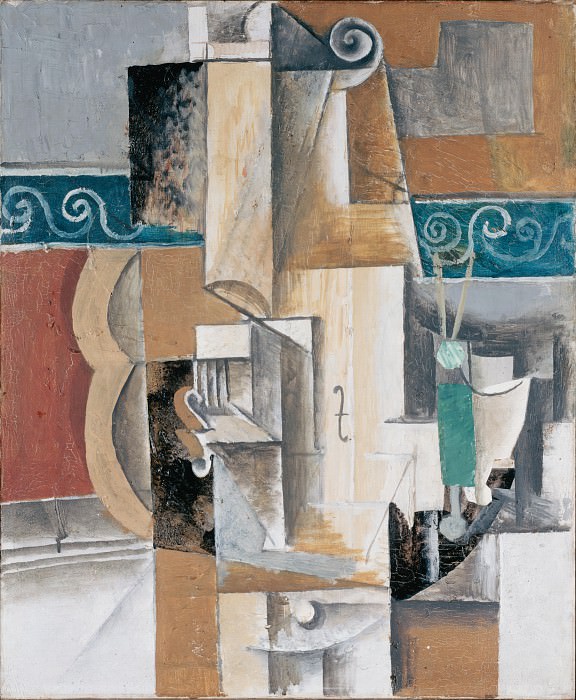Michelangelo's Art: A Timeless Legacy
Early Life and Influences
Michelangelo Buonarroti, born on March 6, 1475, in Caprese, Italy, is one of the most revered artists in history. From a young age, Michelangelo demonstrated an extraordinary talent for the arts, which was nurtured by his family’s connections with the Medici, one of the most powerful families in Florence. His early exposure to the works of prominent artists and the classical antiquities that adorned Florence deeply influenced his artistic development.
Michelangelo's early training under the patronage of Lorenzo de' Medici provided him with an environment rich in artistic and intellectual stimulation. His apprenticeship with the painter Domenico Ghirlandaio and later with the sculptor Bertoldo di Giovanni allowed him to hone his skills in both painting and sculpture. These formative years were crucial in shaping his approach to art, characterized by a profound understanding of human anatomy and a relentless pursuit of perfection.
The Pietà: A Masterpiece of Sculpture
One of Michelangelo's earliest masterpieces, the Pietà, created between 1498 and 1499, is a testament to his genius in sculpture. This marble statue, housed in St. Peter’s Basilica in Vatican City, depicts the Virgin Mary cradling the lifeless body of Jesus after his crucifixion. The Pietà is remarkable for its intricate detail, emotional depth, and the way Michelangelo captured the delicate balance between the divine and the human.
The composition of the Pietà is a marvel of Renaissance art. Michelangelo's ability to convey the softness of flesh, the texture of fabric, and the sorrowful yet serene expression of Mary showcases his technical prowess and emotional sensitivity. The Pietà not only established Michelangelo as a master sculptor but also set a new standard for Renaissance art, influencing countless artists who followed.
The David: Symbol of Strength and Beauty
Perhaps the most iconic of Michelangelo's works is the statue of David, completed between 1501 and 1504. This colossal marble statue, standing at 17 feet tall, represents the biblical hero David, who defeated Goliath. Unlike previous depictions of David, Michelangelo chose to portray him before the battle, capturing a moment of contemplative readiness.
David is renowned for its anatomical precision and the lifelike quality of the figure. Michelangelo’s meticulous attention to detail, from the tension in David’s muscles to the focused gaze in his eyes, creates a sense of dynamic realism. The statue’s idealized proportions and harmonious form reflect the Renaissance ideals of beauty and humanism. David became a symbol of the Republic of Florence, representing strength, courage, and youthful beauty.
The Sistine Chapel Ceiling: A Monumental Achievement
In 1508, Michelangelo was commissioned by Pope Julius II to paint the ceiling of the Sistine Chapel, a task that would become one of his most significant artistic achievements. Over four years, from 1508 to 1512, Michelangelo painted an intricate series of frescoes depicting scenes from the Book of Genesis, including the Creation of Adam, the Fall of Man, and the Great Flood.
The Sistine Chapel ceiling is a monumental work of art, both in scale and complexity. Michelangelo's ability to convey movement, emotion, and narrative through his figures is unparalleled. The Creation of Adam, in particular, has become one of the most iconic images in Western art, depicting the moment God gives life to Adam with a touch of his finger. The dynamic poses, expressive gestures, and vivid colors showcase Michelangelo's mastery of fresco painting and his profound understanding of human anatomy and expression.
The Last Judgment: A Controversial Masterpiece
In 1536, Michelangelo began work on The Last Judgment, a massive fresco on the altar wall of the Sistine Chapel, completed in 1541. This work depicts the Second Coming of Christ and the final judgment of souls. The composition is filled with a multitude of figures, both saved and damned, arranged in a swirling, dynamic scene of cosmic upheaval.
The Last Judgment was controversial for several reasons, including its dramatic departure from traditional representations of the subject and its depiction of nude figures, which some contemporaries considered inappropriate for a religious setting. Despite the controversy, the fresco is a powerful and moving work, reflecting Michelangelo's deep religious conviction and his ability to convey complex theological concepts through art. The dynamic composition, dramatic use of light and shadow, and the intense emotion of the figures make The Last Judgment a profound and unsettling masterpiece.
Architectural Endeavors: The Dome of St. Peter’s Basilica
In addition to his work as a painter and sculptor, Michelangelo made significant contributions to architecture. In 1546, he was appointed chief architect of St. Peter's Basilica in Vatican City. One of his most notable achievements in this role was the design of the basilica's dome, which remains one of the largest and most impressive domes in the world.
Michelangelo's design for the dome was inspired by the Pantheon in Rome, yet it also incorporated innovative structural techniques that allowed for its massive scale. The dome’s design reflects Michelangelo's deep understanding of classical architecture and his ability to integrate these principles into a cohesive and functional structure. The completion of the dome after Michelangelo’s death stands as a testament to his enduring influence on the field of architecture.
The Legacy of Michelangelo’s Art
Michelangelo’s art continues to inspire and captivate audiences around the world. His ability to convey the human experience through his work, whether in the serene beauty of the Pietà, the heroic strength of David, or the dramatic intensity of The Last Judgment, has left an indelible mark on the history of art. Michelangelo's works are celebrated not only for their technical brilliance but also for their profound emotional and spiritual depth.
His influence extends beyond his masterpieces. Michelangelo's approach to art, characterized by a relentless pursuit of perfection, an innovative use of perspective, and a deep understanding of human anatomy, set new standards for artistic excellence. His works have inspired countless artists across generations, from the Renaissance to the present day.
Moreover, Michelangelo's art reflects the broader cultural and intellectual currents of his time. His work embodies the ideals of the Renaissance, a period marked by a renewed interest in classical antiquity, humanism, and the exploration of the natural world. Through his art, Michelangelo contributed to the Renaissance’s celebration of the human spirit and its potential for greatness.
Conclusion: Michelangelo's Enduring Impact
Michelangelo Buonarroti's contributions to art, sculpture, and architecture have established him as one of the greatest artists of all time. His masterpieces, such as the Pietà, David, the Sistine Chapel ceiling, and The Last Judgment, continue to be revered for their technical skill, emotional power, and profound beauty. Michelangelo's work transcends time and place, speaking to the universal human experience and the enduring quest for meaning and beauty.
The legacy of Michelangelo's art is not only found in his finished works but also in his approach to creativity and his unwavering dedication to his craft. His influence is evident in the works of countless artists who have drawn inspiration from his masterpieces. As we continue to admire and study his art, Michelangelo remains a towering figure in the history of art, a true Renaissance genius whose work will forever be celebrated and cherished.




